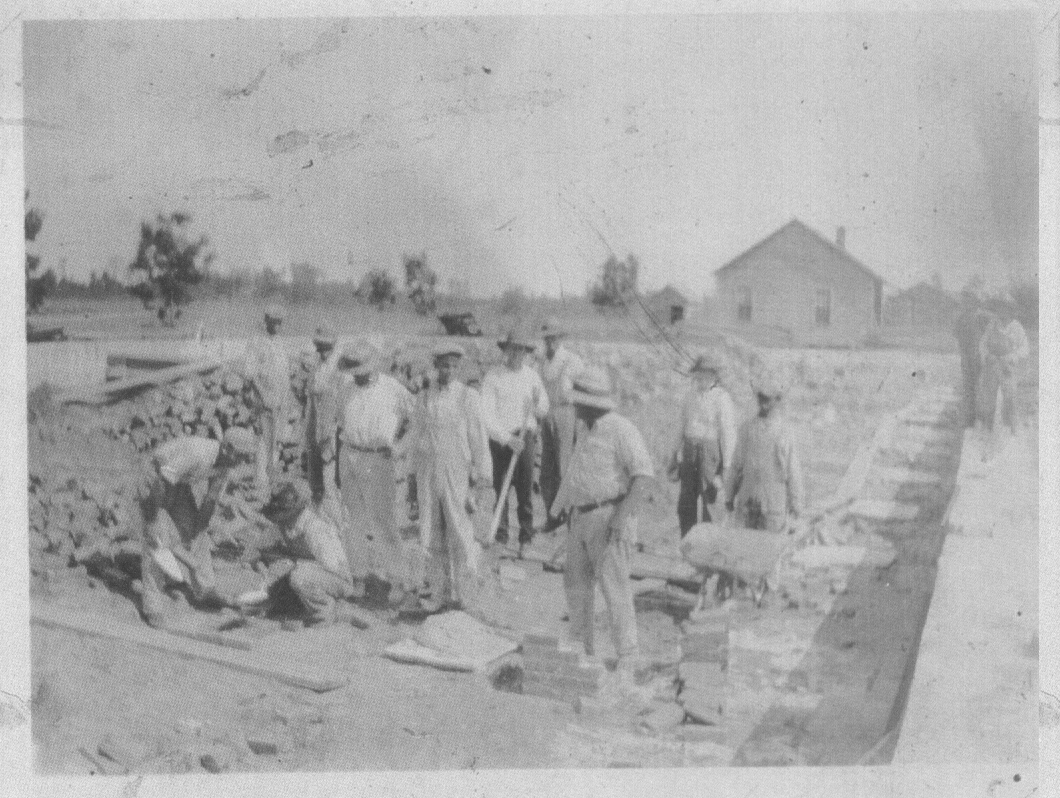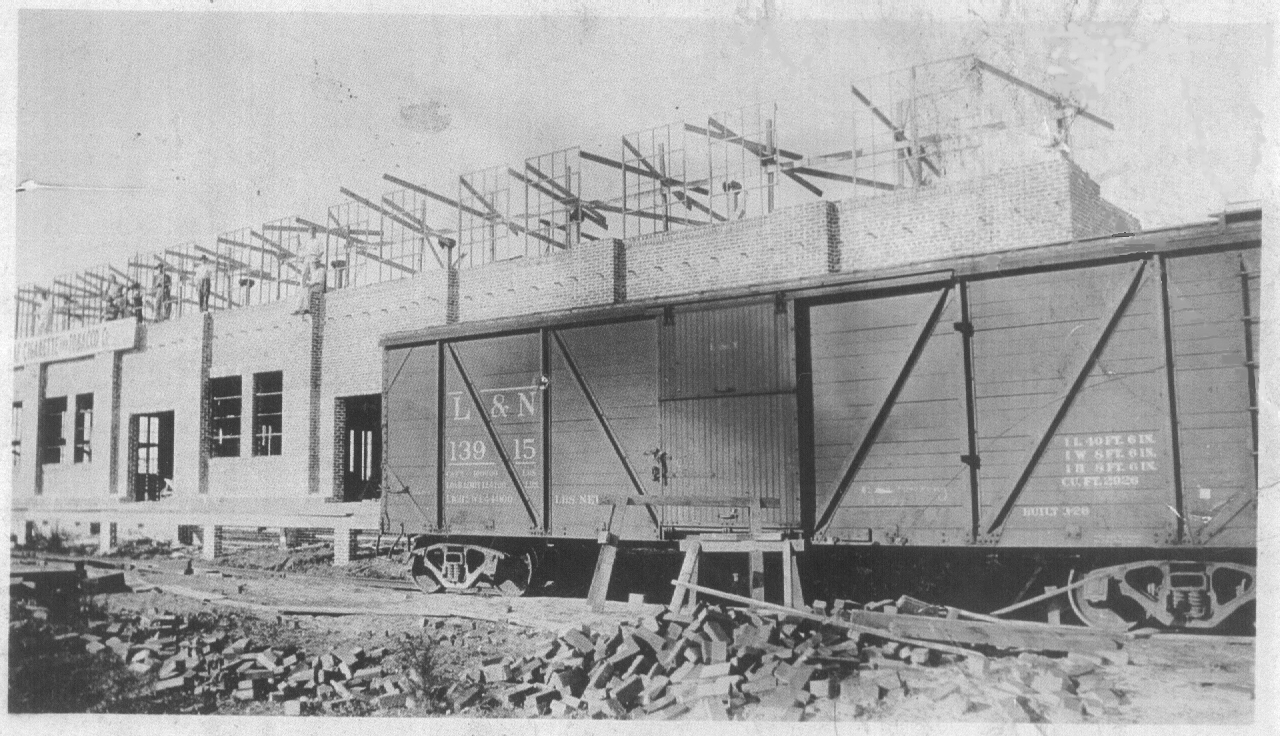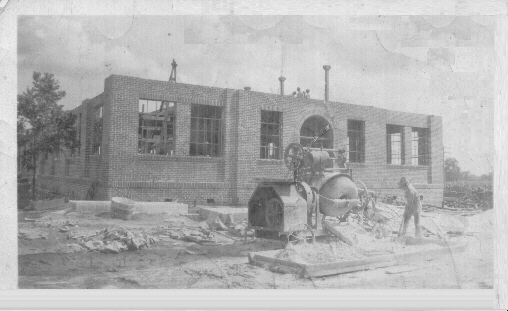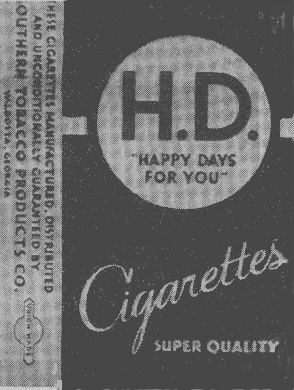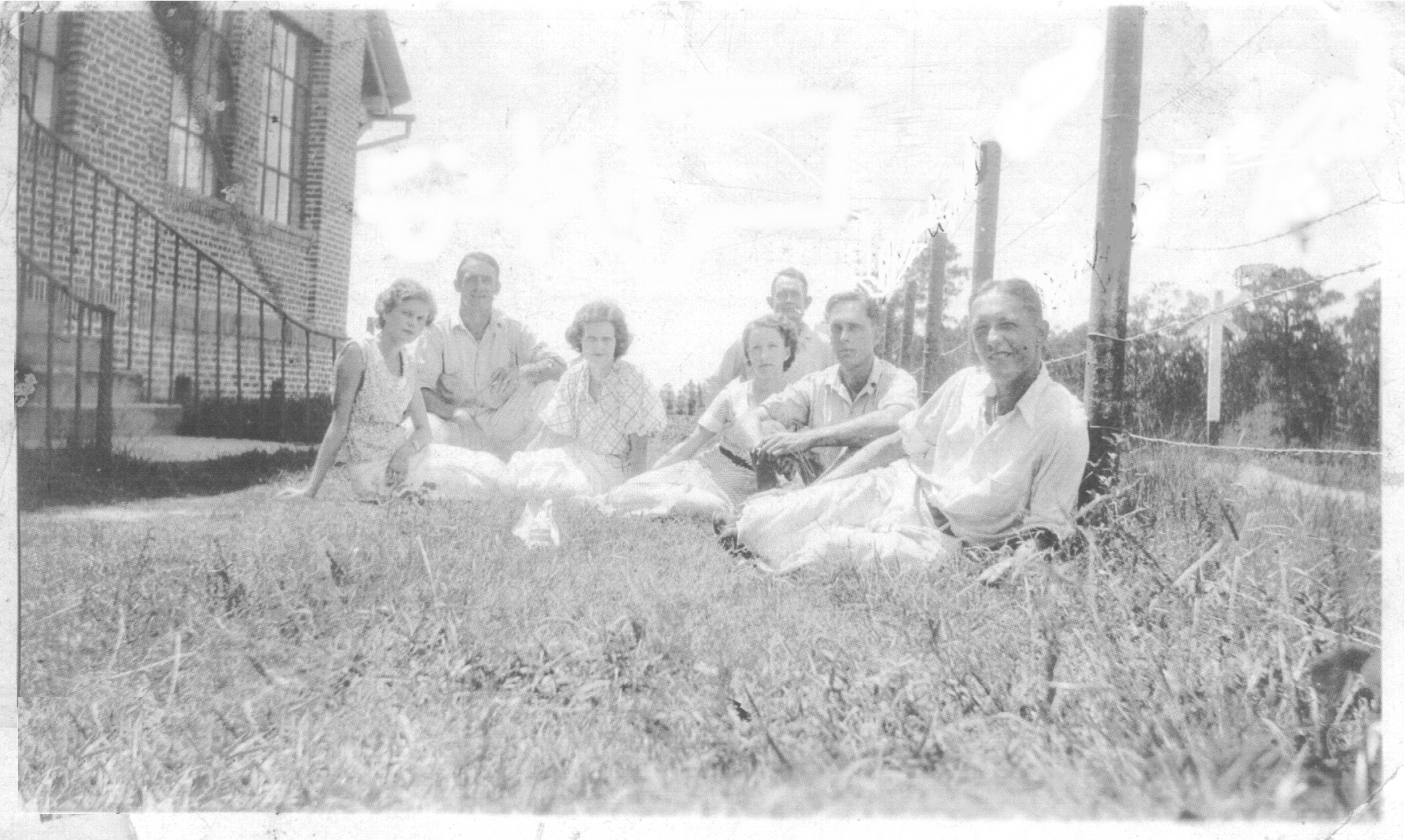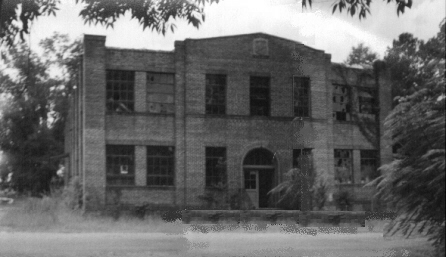Hahira native speaks at Hahira Historical Society's 2001 Black History Month Celebration
Hahira- Mr. Lawrence Young returned home to a packed house at the Hahira Historical Society's monthly meeting at the Hahira community center. Barbara Milhouse President of the society said, "I think we had more in attendance tonight than any meeting we've ever had. Mr. Lawrence had our attention for the better part of an hour and we could have listened longer, maybe we'll have him back again."
Young was born in Hahira and left in 1939 to further his education and make his mark in the world. He now makes his home in Lumpkin, GA with his wife Nancy Neal Young of 53 years. They have three children Larry, Charcy and Lori and four grandchildren. Lawrence is the son of the late Nelson Young and Sarah Hill Young of Hahira.
In introducing the speaker, Hahira Mayor John Adams told of first meeting Mr. Young at a Georgia Municipal Association meeting several years, when Mr. Young approached him, pointed to the mayor's name tag which identified him as being from Hahira and said, "I'm from Hahira too." That began a friendship that resulted in Mr. Young's invitation to speak at the Society's celebration of Black History Month.
Mr. Lawrence attended elementary school in Hahira through the 9th grade and graduated from Dasher High in Valdosta when high school ended with the eleventh grade. He attained a BS Degree from GA State College (Savannah State University) and a M.A Degree from Columbia University in New York City. He's a retired teacher and administrator. He served 7 years as a teacher and principal in the Stewart County School System and principal of Lumpkin High and Elementary School for 18 years, he served as an instructor and administrator at Fort Valley University, from where he retired with over 40 years as an educator. During WWII Lawrence served in the U.S. Army.
Lawrence is a dedicated Christian is Chairman of Deacons of Ebenezer Baptist Church where he's a long time member and teaches an adult Sunday school class.
Lawrence is also an elected official, now serving his second term on the Lumpkin city council and was elected Mayor Pro Tem by his fellow council members.
He is Executive Director of M.E.N. (Meeting Essential Needs), a community based organization founded by 9 local men who share his concern and vision. They built and equipped a building with offices and multi-purpose rooms that serves as a place for meetings, classes, workshops, weddings, receptions dinners, family and class reunions. The center provides permanent employment for five people, two-part time and many others through the implementation of Federal Training Programs.
Mr. Young began by telling about the house where he was born in 1919 near where the Hahira cigarette factory was to be built in 1926. Today the house no longer exist but his description of the house was such that all present could almost see it. "We were all poor then," he said. He told about the turpentine still and community on Coleman Road, called "the quarters" where the turpentine workers lived and about the commissary where they purchased groceries, often receiving only food and shelter for their labor. Mr. Coleman who was a hard but fair man owned it all. The food from the commissary was usually dried black-eyed peas or lima beans, corn meal, flour, coffee and some fatback. "There's a cemetery out there somewhere near where the quarters were that not many people remember", Young said.
He told about the section houses along side the Southern railroad track where the railroad workers lived and about the sawmill and cotton gin owned by Mr. Starling that provided employment for Hahirans.
He told about the segregated schools of that time and recalled men with names such as Blakely, Miller, Nelson, Scruggs, Webb and Barfield that taught him lessons of life that have remained with him to this day.
He told about the businesses in Hahira then and the men who owned and ran them and lessons he learned by observing their actions, their treatment of customers and how they ran their business.
He spoke of his mother "Sarah" who worked all her life to provide for her family and what a good cook she was. Mary Helen Sharpe Kazlousky one of the society members in attendance who well remembers her cooking skills confirmed Young's statement.
Boys started working in the tobacco fields and turpentine camps between the ages of 10 and 12 years old then, and did the work of grown men. He told about driving a mule drawn sled in the tobacco fields working along side a tobacco cropper, a boy about his own age named Jesse Parrott who would become one of the most skilled and best loved Doctors in South Georgia and a three term mayor of Hahira.
Young remembers his grandmother and mother working extra hours to keep him in school and always encouraged him to get an education. "They understood working," Young said, "My mother wanted us children to have an education and taught us to work and not be lazy."
Today at the age of 82, in addition to his Church, his role as a city council member and as Executive Director of M.E.N., Young actively works with the following organizations. The Adult Literacy Advisory Board, the Coffington Light Masons Lodge #391, President of the Gamma Omieron Lambda Chapter of Alpha Phi Alpha Fraternity. Secretary of the New Horizons Community Service Board, Chairman of the Lower Chattahoochee Regional Development Center (RDC), and Chairman of a three county Local Board of the Selective Service System.
In his spare time Lawrence likes to fish, and spends time with his grandchildren.

